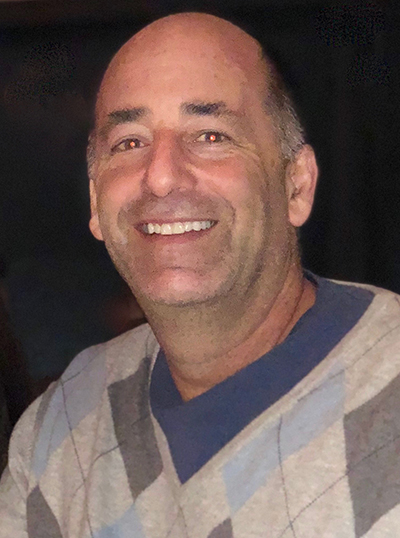2018 saw more and more companies realize that there often isn’t an “either/or” answer when it comes to building a drone program or outsourcing UAV services, and that challenges related to adoption and integration often have little to do with the drone technology itself. These are issues that Michael Singer, CEO of DroneView Technologies, has seen evolve firsthand.

Michael Singer
As the leader of a company that specializes in aerial mapping and geospatial services, Michael has witnessed a transformation around the understanding that companies have when it comes to the real benefits of drone technology. That understanding has influenced how more companies in a variety of industries will adopt the technology in 2019 and beyond.
Jeremiah Karpowicz: DroneView Technologies works with enterprise customers throughout the United States to collect, process and extract real value out of aerial data. What can you say about how the way in which you’ve been able to work with those companies in 2018, and how you think that will evolve or change in 2019? Michael Singer: I can certainly say that we're seeing increased sophistication and a better understanding of the capabilities and benefits of drones in our clients. As an example of that, not too long ago, certain clients might wait for leaf-off conditions in the fall or early spring to gather aerial image data from manned aircraft. Today, they have come to understand that they can do the same project throughout the year with a drone using a LIDAR sensor that they weren’t able to do in the past with image-based photogrammetry. We’re using LIDAR sensors on drones with far greater frequency than ever before especially on sites with vegetated areas to do this kind of work for our clients.
The approaches for gathering data are changing as well, and I expect that to continue in 2019. We have seen
increased drone adoption for precision mapping projects, in many cases supplementing or replacing traditional field survey methods. For some clients, especially those with frequent mapping or stockpile volume project needs, we have trained them to do some of the image and ground control acquisition work with their own equipment and resources. We continue to do all of their image processing, post-processing and final mapping for them.
We call that our “hybrid solution”, and it’s the best of both worlds approach for some clients. We often provide initial training on the right method for ground control placement and optimizing drone flight settings to achieve the desired result. More and more companies are realizing that even if they do want to set up their own program, they need this kind of training.
What can you say about how this better understanding of the value drones can provide came about? Do you see that further evolving in 2019?You have to remember, success with this technology requires moving large image files, incorporating survey methods and ground control, processing those files on relatively robust workstations and then doing some manual post processing to ultimately drive accuracy and consistency in someone’s mapping solution. This better understanding ultimately came from many companies realizing that while they are capable of some of those components, they’re not as well suited for others. That creates the opportunity for a symbiotic relationship with us, and some clients are seeing the benefits of this kind of relationship.
As a specific example of that, many organizations in the civil engineering world have come to us to figure out how we can help them, because they’ve realized the countless nuances that need to be considered to achieve consistency and reliability of result. It takes a skill and expertise that usually requires someone to be doing a specific task on a regular basis. They’re not dealing with a handful of details, but instead with hundreds of them. More and more organizations are realizing that, and coming to us to ask about the kind of training we can provide which can include where to put targets, how to use them, how to check the accuracy, etc.
Do you think that mentality around hybrid solutions and realizing adoption doesn’t have to be about either setting up a program or totally outsourcing UAV services will extend across the drone industry? It certainly goes beyond the industries we’re focused on, but you have to remember that the "drone industry" is really several industries all under the same umbrella which all have discreet skillsets and requirements. The skills required to do aerial mapping with survey grade precision are dramatically different than what's required in public safety/first responders or for insurance inspections. Exactly what a hybrid solution looks like for us will be different from what it looks like for someone who’s focused on other vertical markets.
That said, yes, I certainly think you’ll see more of these hybrid solutions across disciplines. A better understanding that service providers should really have a discreet subject matter expertise is driving some of that. Don't try to be all things to every industry. The concept of, "flying a drone is my new career and path to getting rich,” is becoming less and less prominent. With better specialization, we’ll see hybrid solutions that provide definitive value in totally new ways.
What are you most looking forward to in 2019?We're excited to take the next step with our clients and projects. With increased complexity, and with a greater trust of our professional guidance, we’re going to be able to use this technology in ways that are both innovative and powerful to bring even more value to our clients and the marketplace. There’s a discrete set of skills and expertise that's required to bring value to any marketplace, and I think we’re going to be able to take that to a whole new level in 2019 because the foundation we’re building and expanding on is stronger than ever.

















Comments